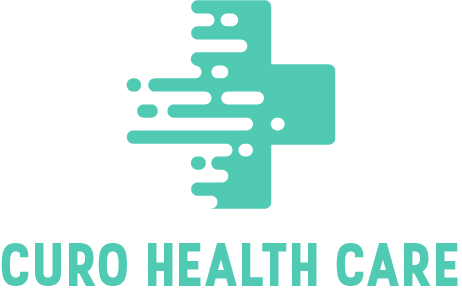Bankruptcy
Bankruptcy is a legal process designed to provide individuals and businesses overwhelmed by debt with a fresh financial start or an orderly way to repay creditors. In the United States, there are several types of bankruptcies outlined in the Bankruptcy Code, each tailored to specific circumstances and goals. Understanding the different types of bankruptcies is essential for individuals and businesses seeking relief from overwhelming debt. Here’s an overview of the main types of bankruptcies:
Chapter 7 Bankruptcy (Liquidation):
- Chapter 7 bankruptcy, also known as liquidation bankruptcy, involves the sale of a debtor’s non-exempt assets to repay creditors.
- It is typically available to individuals, partnerships, and businesses that do not have the ability to repay their debts.
- In Chapter 7, a bankruptcy trustee is appointed to oversee the liquidation process and distribute proceeds to creditors.
- Certain assets, such as primary residences, vehicles, and personal belongings, may be exempt from liquidation under state or federal law.
- Chapter 7 bankruptcy offers debtors a relatively quick discharge of qualifying debts, providing a fresh start free from overwhelming financial obligations.
Chapter 11 Bankruptcy (Reorganization):
- Chapter 11 bankruptcy is primarily used by businesses, including corporations and partnerships, to reorganize their finances and operations while remaining operational.
- It allows businesses to renegotiate or restructure debts, modify contracts and leases, and develop a plan to repay creditors over time.
- Chapter 11 bankruptcy provides debtors with more flexibility and control over the reorganization process compared to other types of bankruptcies.
- It involves the appointment of a bankruptcy trustee or debtor-in-possession to oversee the reorganization process and ensure compliance with bankruptcy laws.
- Chapter 11 bankruptcy can be complex and expensive, often requiring significant time and resources to navigate successfully.
Chapter 13 Bankruptcy (Repayment Plan):
- Chapter 13 bankruptcy, also known as a wage earner’s plan, is available to individuals with regular income who want to reorganize their debts and develop a manageable repayment plan.
- It allows debtors to retain ownership of their assets while repaying creditors over a period of three to five years.
- Debtors submit a proposed repayment plan outlining how they intend to repay creditors, typically prioritizing certain debts such as mortgage arrears and taxes.
- Chapter 13 bankruptcy provides debtors with protection from creditor harassment and legal actions through the automatic stay.
- Upon successful completion of the repayment plan, debtors receive a discharge of remaining qualifying debts, providing a fresh financial start.
Chapter 12 Bankruptcy (Family Farmer Or Fisherman):
- Chapter 12 bankruptcy is designed specifically for family farmers and fishermen facing financial difficulties.
- It provides debtors with the opportunity to reorganize their debts and develop a repayment plan tailored to their unique circumstances.
- Chapter 12 offers certain advantages and provisions specifically tailored to the agricultural and fishing industries, such as extended timelines for plan payments and debt discharge.
Each type of bankruptcy serves a distinct purpose and is designed to address specific financial challenges faced by individuals and businesses. Whether seeking relief from overwhelming debt, reorganizing finances, or restructuring operations, understanding the differences between these types of bankruptcies is essential for making informed decisions and navigating the bankruptcy process effectively. It’s important to consult with a qualified Bankruptcy lawyer from a firm like Resolve Law Group or financial advisor to assess your options and determine the best course of action based on your individual circumstances.

